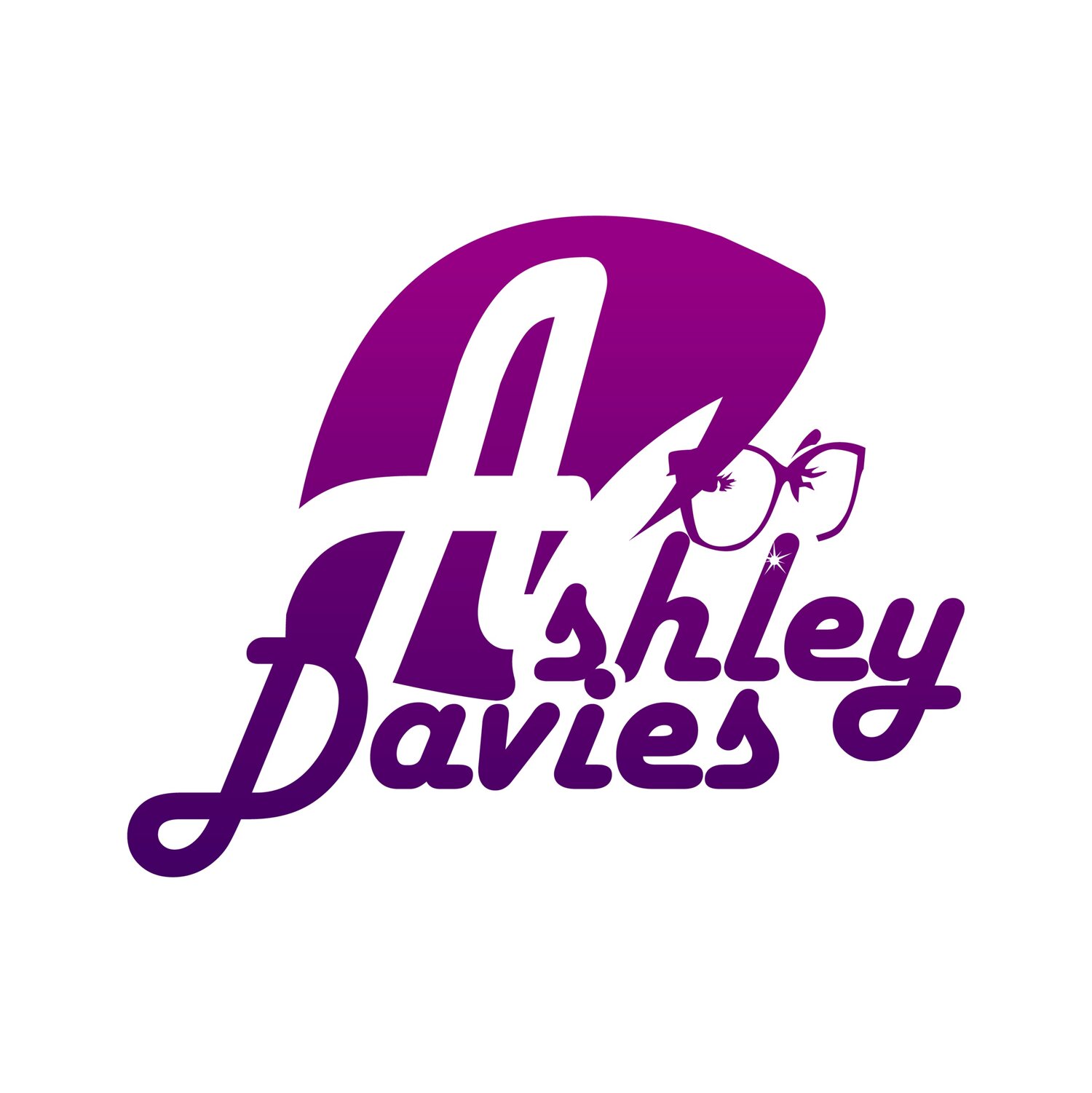Blue Is The Warmest Color
Julie Maroh’s Blue Is The Warmest Color follows Clementine’s sexual journey. While the text is a love story set in France, it is colored with harsh realities with Clementine's internalized homophobia that is regularly reinforced by friends and family. Clementine doesn’t seem to find confidence in her sexuality even as she moves in with her older, activist girlfriend, Emma. Clementine retreats further into what looks an awful lot like depression, but she describes it as “anxiety and frustration” brought on by her parent’s rejection. She becomes addicted to prescription drugs and cheats on Emma with a male colleague. Clementine’s addiction turns into a terminal heart condition leading to her death.
While the text isn’t really that old (2013), it falls into tropes of older LGBTQ narratives with the protagonist dying from “complications” of being gay. Putting the novel in the context of the trajectory of queer literature and discussing how it may or may not break from the male gaze can be useful ways to talk about a tragic text that feels dated compared to more contemporary queer texts.
In some ways the text functions better as representation of untreated mental health. Clementine thinks that having and loving Emma should be enough to feel “happy... like everyone else.” She seems unable to articulate why she can’t shake the darkness and isolation she feels. Emma has communities and engagement in politics. Clementine’s studies and eventual career seem to provide little if any fulfilment to her. Emma and Clementine’s one long-term friend Valentin don’t understand where her sadness is coming from, continually believing it’s contingent on romantic relationships.
The strongest part of the novel is in the visuals. The use of color is restrained, using blues, yellows, and greens to saturate moments of extreme emotions. Paneling and white space are also used effectively to mark the isolation and overwhelming feelings of Clementine’s depression. The text can help students see how these tools of the graphic novel can be used to do more than separate images and see symbolism fairly easily.

